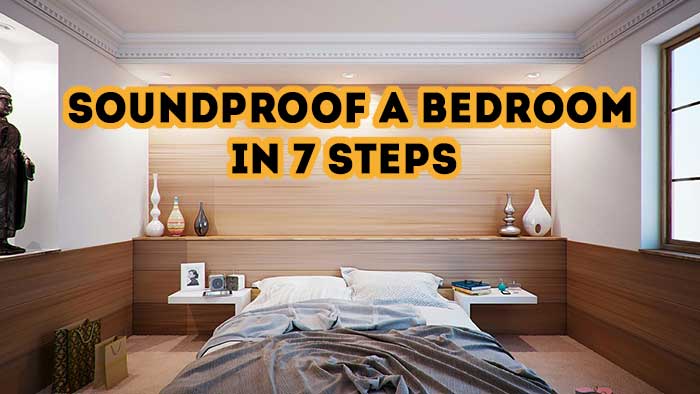Soundproofing Internal Walls Nz

The sound transmission class stc rating is the measure of how effectively a wall or ceiling can reduce airborne sound transmission between rooms.
Soundproofing internal walls nz. There are a few methods for installing a noise control wall that suit different situations. Sound proofing new zealand home sound insulation. Further noise control measures for home theatre can achieve up to stc59. A normal wall in a home has a rating of stc36.
One of the ways sound enters into your home is through cracks and crevices around your windows doors and walls. High density sound insulation is usually installed in internal walls studios and theatre rooms benefit particularly well from acoustic insulation. A gib noise control wall will have a rating of stc45. Typically r1 8 thermal insulation will do the job and there is little acoustic benefit in using greater density insulation.
To quiet household noise you ll need to reduce vibrations plug sound leaks and absorb sounds. This is the method for soundproofing an interior wall with timber framing using the gib rail system. This is special type of insulation that is designed to reduce sound. But when you put insulation in interior walls you re probably doing it to protect your privacy.
Insulation is what keeps your house warm during winter and cool during the summer. Deadening those vibrations is best done with heavy dense materials that stop noise in its tracks. A perfect solution of soundproofing more than ever before we are experiencing noise disturbances in our work and personal lives. This should have a minimum density of 9 8kg m 3.
Having fibre insulation in wall floor or ceiling cavities can significantly improve sound insulation. The above examples deal mainly with sound insulation for installing within the internal wall cavity with the primary purpose being to restrict the amount of noise being transmitted through the wall ceiling mid floor or underfloor. When it comes to heavy brick and stone are great but impractical for retrofitting your interior walls. Approved to go into walls ceilings and floors.
At last an easy to use sound proofing product to reduce sound transmission and increase thermal insulation that is u l. Furthermore our noise control engineering expertise has led to the development on many innovative soundproofing products. Of course soundproofing isn t actually the main purpose of insulation. Industrial noise reduction is crucial as workplace noise is a major cause of hearing loss in new zealand.
Even with a noise reducing window treatment you re still going to have acoustic issues if your windows aren t properly sealed.














































